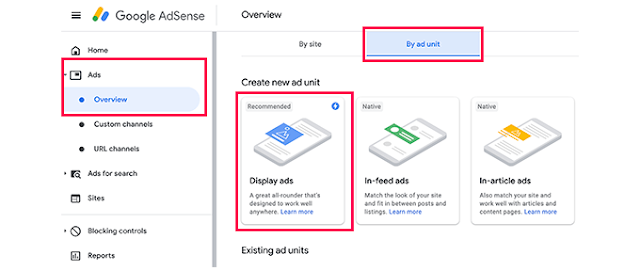How to Prevent and Treat Tennis Elbow- Six Sigma
Epicondylitis, also known as tennis elbow, is a very common condition that not only affects racquet players, anyone can suffer from it at some point in their life and it occurs as a result of overworking the forearm muscles. We currently call this condition "epicondylalgia" or "epicondylar tendinosis" because it is not an actual inflammation but rather a degeneration of the tendon that attaches to the outside of the elbow.
1. It has some characteristic signs and symptoms depending on the severity of the condition, such as Pain on the outside of the forearm with elbow and/or wrist movements or pressure on the affected area.
2. Discomfort when lifting an object, such as a glass or jug, even when simply shaking hands.
What factors favor the occurrence of tennis elbow?
There are many factors that can influence and promote tennis elbow, below we describe those that are considered the most common.
Professions or occupations that abuse repetitive motion and create repetitive microtrauma. Be in the age group of about 40 to 60 years old.
Present a previous stiffness of the elbow, which is due to a reduction in its extension. This creates mechanical imbalances, causing poorly dosed efforts and sudden pulls on the forearm, resulting in variations in radial head position.
In some cases, this rigidity can result from the poor synergy in the movements of the upper limb kinetic chain. During activities of daily living, the elbows normally move between 30º and 135º in flexion and about 50º in pronosupination. If these routine movements restrict the kinetic pattern, the result is tendon-muscular “stress” that can lead to the dreaded “epicondylitis”.
Everyone knows that tennis is the sport where there are more cases of this injury
However, our colleague Luís Badal, physiotherapist at Barcelona Ergodynamics Clinic since 2007, Royal Spanish Tennis Federation and Spanish Davis Cup team, comments that in all his years as a physiotherapist in high-performance tennis he has seen very few cases of "epicondylitis" in professional players.
Perhaps amateur practice has the most cases, some of which are difficult to solve. The explanation lies in the fact that the professional player uses appropriate and personalized playing profile materials, meticulously controls the string tension, has optimal physical preparation, the hitting technique is close to perfect in all aspects, and they carry out preparation and post-work effort within reasonable parameters.
We have also observed a slight increase in elbow injuries recently, possibly due to the increase in training hours and the constant change of balls of different hardness, which cause serious problems for the players. It should be noted that the eccentric forces to which the tendon is exposed at the moment the ball is hit have a direct effect on the tendon insertion.
Some basic tips to prevent epicondylitis are:
Before the physical activity, do a good warm-up through the active wrist and elbow movements (with or without resistance).
Perform a gentle warm-up massage of the entire forearm muscles.
After exercise, perform targeted muscle stretches in this area.
If you experience discomfort after physical activity, apply ice to the affected area to reduce the myotendinous inflammatory process that may occur.
Below we summarize the simplified protocols we use in Clinical Ergodynamics for the comprehensive recovery of the patient with tennis elbow.
We first carry out a precise assessment of the injury and differentiate it from other possible impairments such as cervical dysfunction (C5-C6), compression of the radial nerve, arthritis of the brachialis-radialis, calcification, etc.
Next, we seek balance and biomechanical normalization to produce an optimal state of the upper limb kinetic chain.
We perform osteopathic maneuvers for local mechanical correction and possible involved structures such as the cervical spine and shoulders.
Anti-inflammatory and/or regenerative work on the myotendinous structure using all manual techniques and the most modern equipment such as dry needling, diathermy, shock waves, high-frequency laser, etc.
Restoration of elasticity and muscle balance through adapted stretching techniques and muscle strengthening. This last phase is shared and completed on numerous occasions by our retrainer, who ensures an optimal return to activity with the best possible guarantees.






Comments
Post a Comment